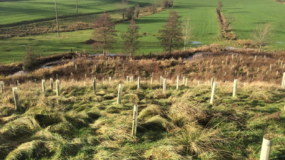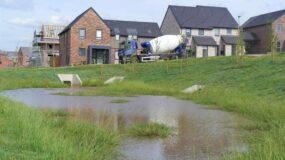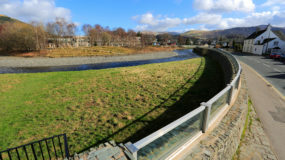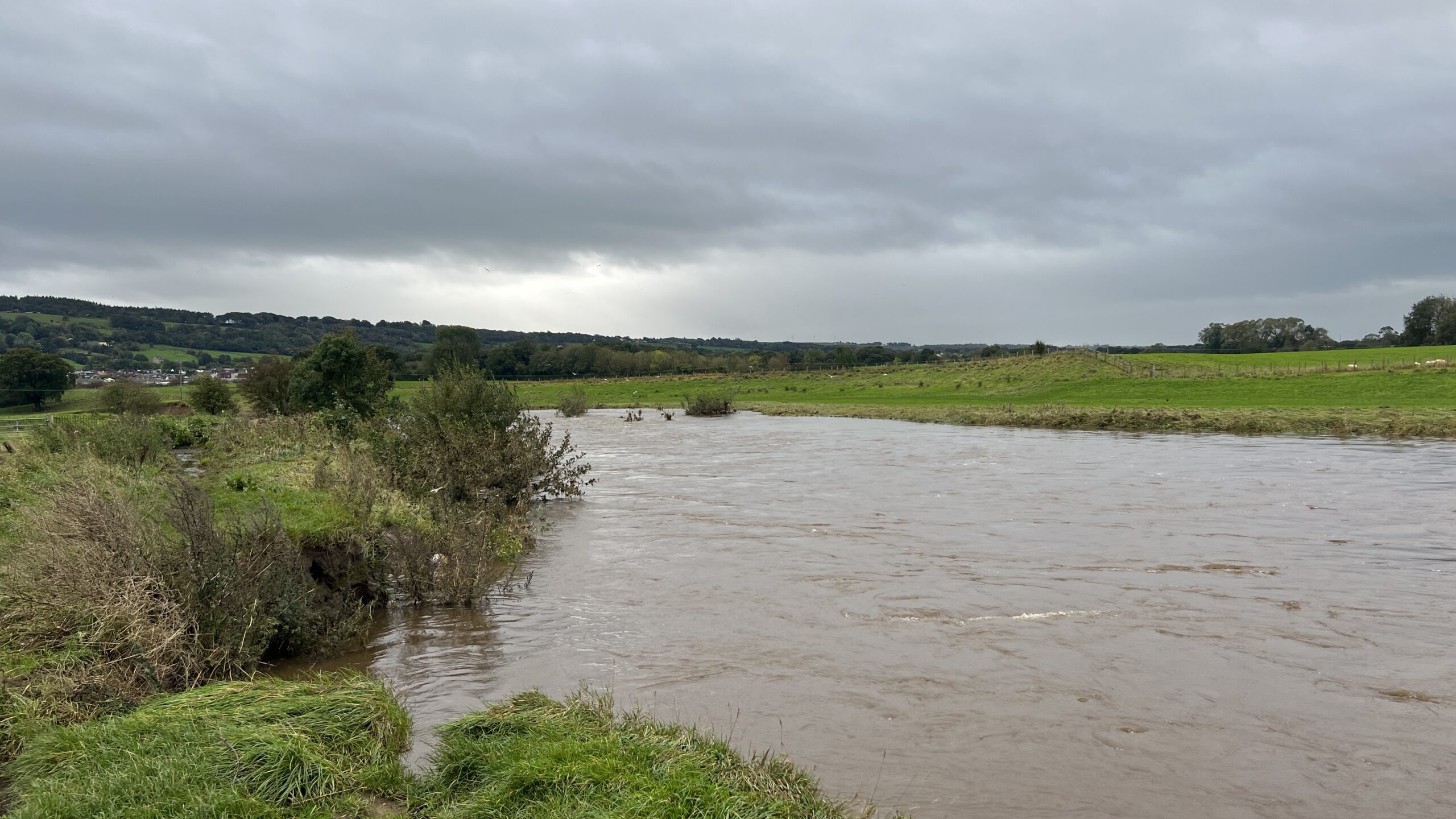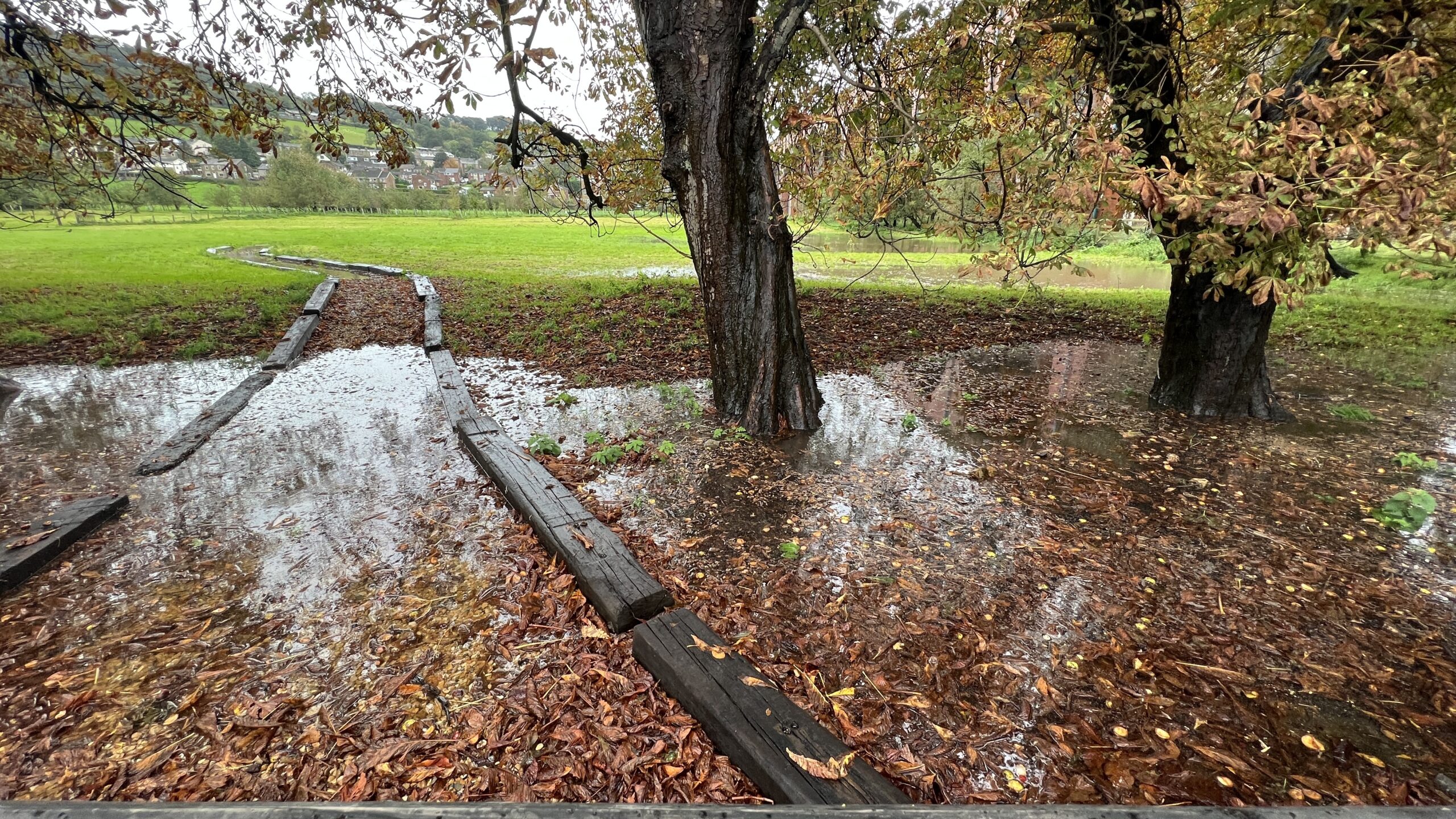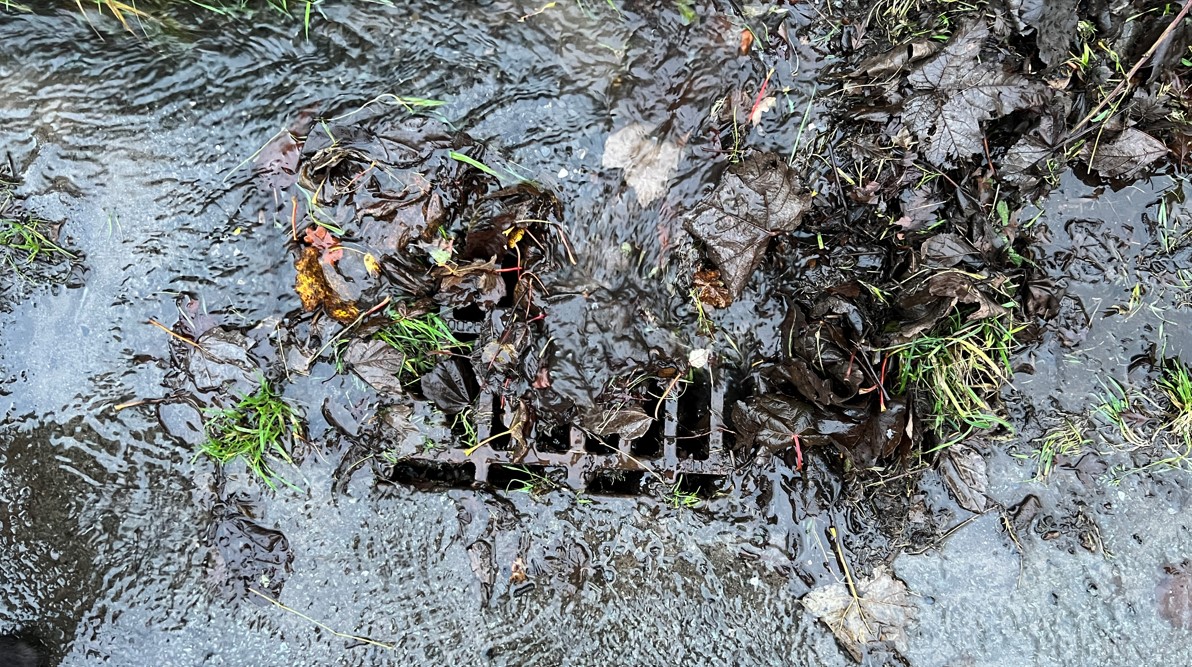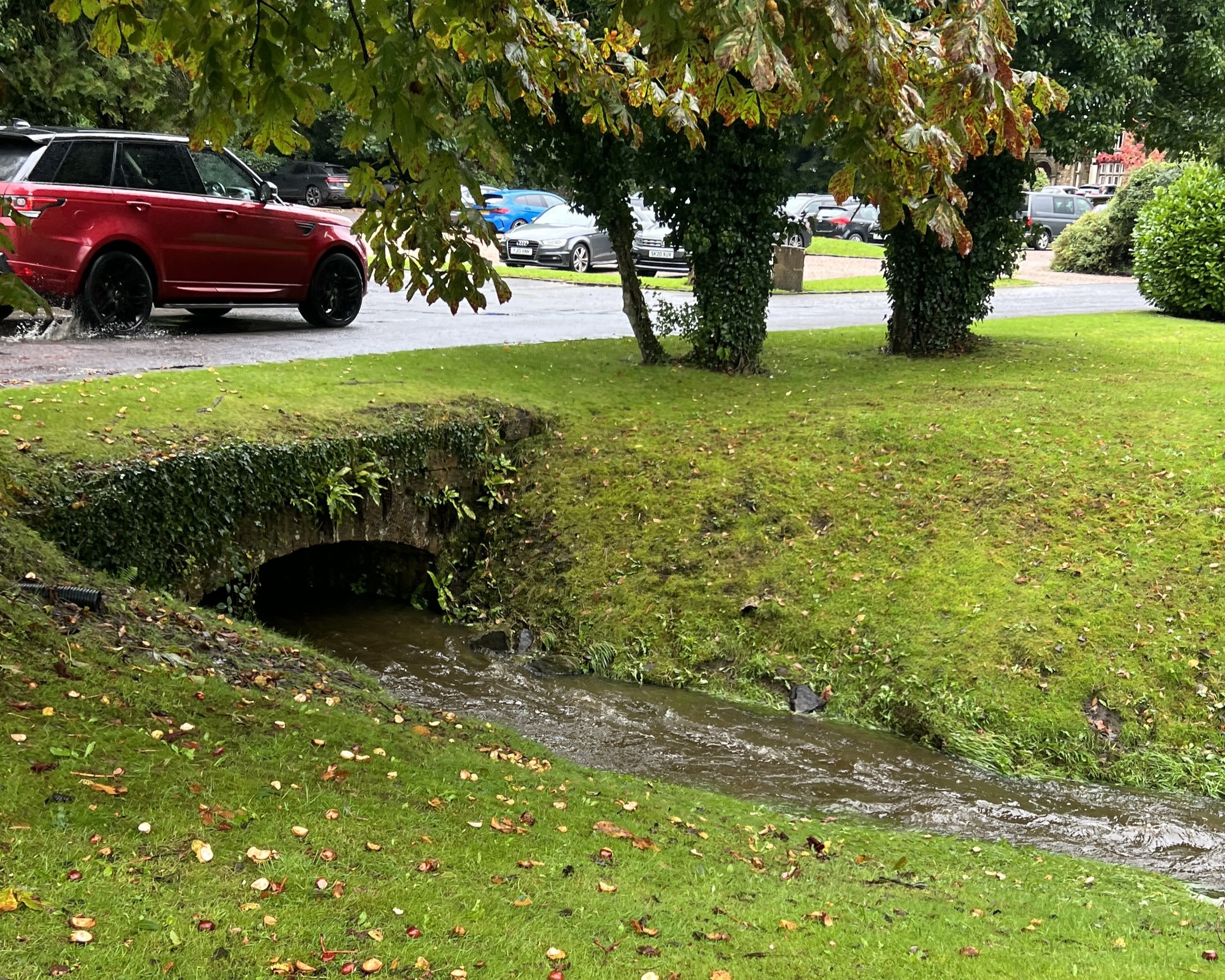Introduction
The catchment-based approach to managing the risk of flooding looks at the catchment holistically, rather than a disjointed, piecemeal approach. It can help to better manage the flow of water through the catchment by using a range of different interventions at different courses, not just at the local level. Slowing the flow of water higher up in the catchment helps to reduce peak flows downstream, whilst using techniques to store surface water runoff in urban areas or divert it away from homes in the lower catchment, helps to reduce flood risk to properties.
Government, landowners, water companies, risk management authorities, voluntary organisations, communities and businesses should all collaborate on an integrated approach which addresses how land can be restored, better managed or left undeveloped, to break up and slow the accumulation of surface water using a variety of measures.
Large scale flood defences will always be necessary to protect communities from extreme weather events, such as Storms Desmond and Eva in December 2015. However, integrating hard defences with a range of other measures throughout the catchment which slow and make space for water, often provides the best approach because what happens in one area, affects what happens in another. A whole catchment approach to flood management looks at flooding like a puzzle made up of lots of interconnected pieces and it attempts to solve the puzzle by implementing multiple management techniques which fit those pieces together.
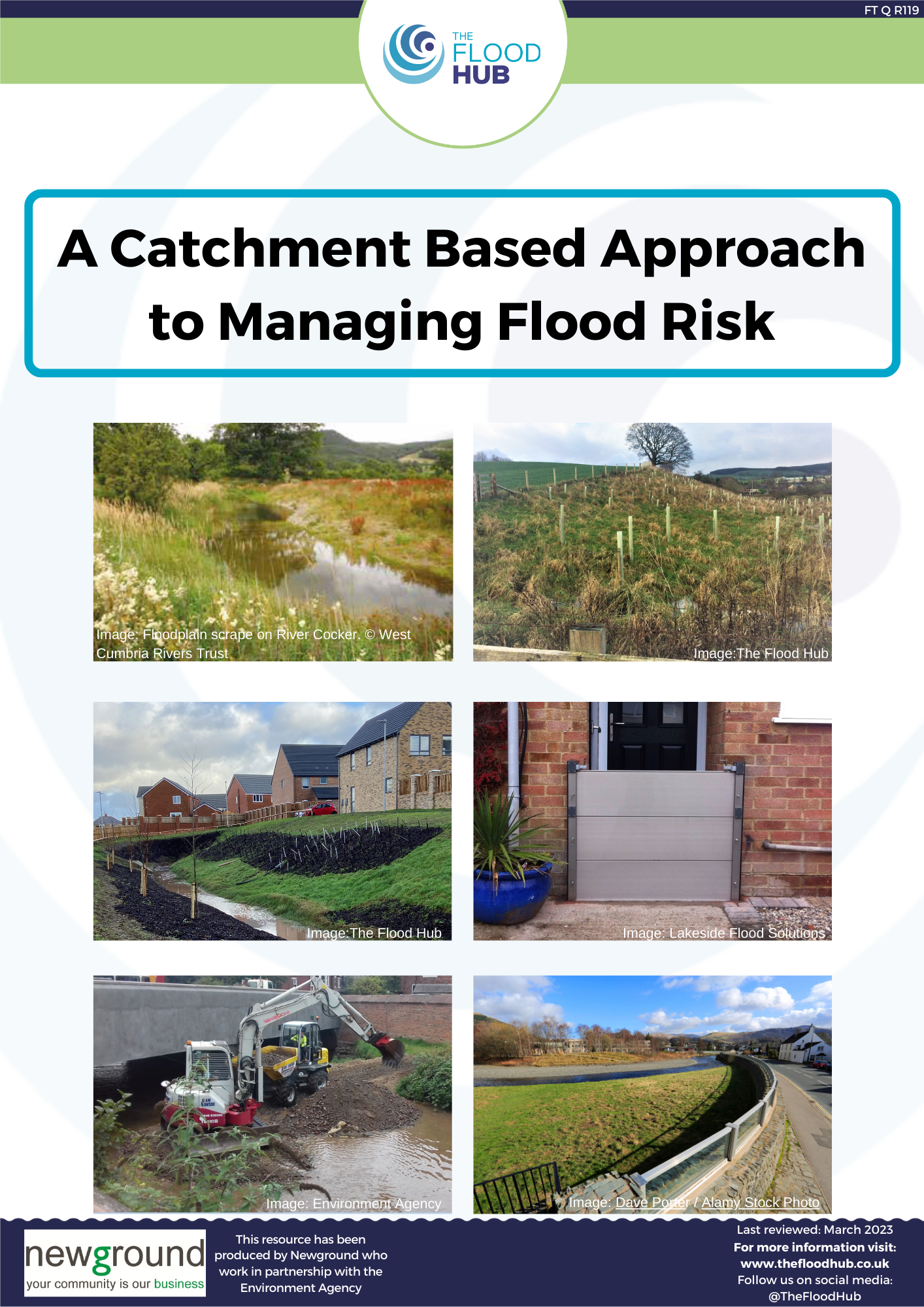
Click here to download our ‘A Catchment Approach to Managing Flood Risk’ booklet.
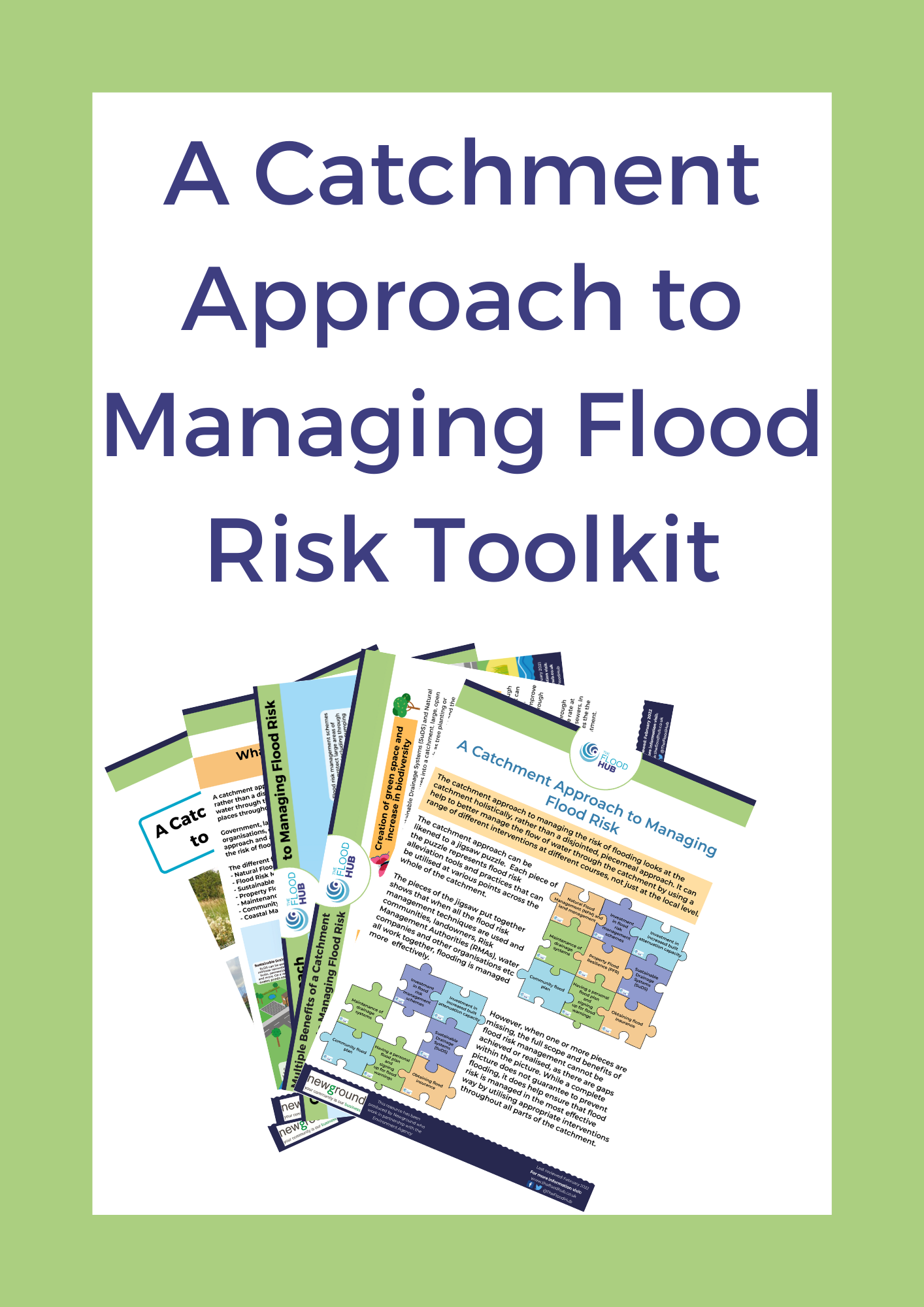
You can download our other resources about a catchment approach to managing flood risk from our toolkit here.
Hover over the catchment to discover the many factors involved in managing flood risk! To download a labelled copy of this catchment resource, click here.
How flood risk is managed
Within the upper catchment where headwaters form, and at the upper and middle courses of the river, natural flood management (NFM) interventions can be used to store water and slow conveyance within the channel to reduce peak flows further downstream. NFM aims to restore or mimic the natural functions of rivers, floodplains, and the wider catchment, using techniques such as leaky dams, tree planting, peatland restoration and agricultural land management. These methods also provide multiple benefits for the environment as they help to create rich habitats, remove CO2 from the atmosphere and much more.
To find out more about NFM techniques and their benefits, visit our Natural Flood Management page here.
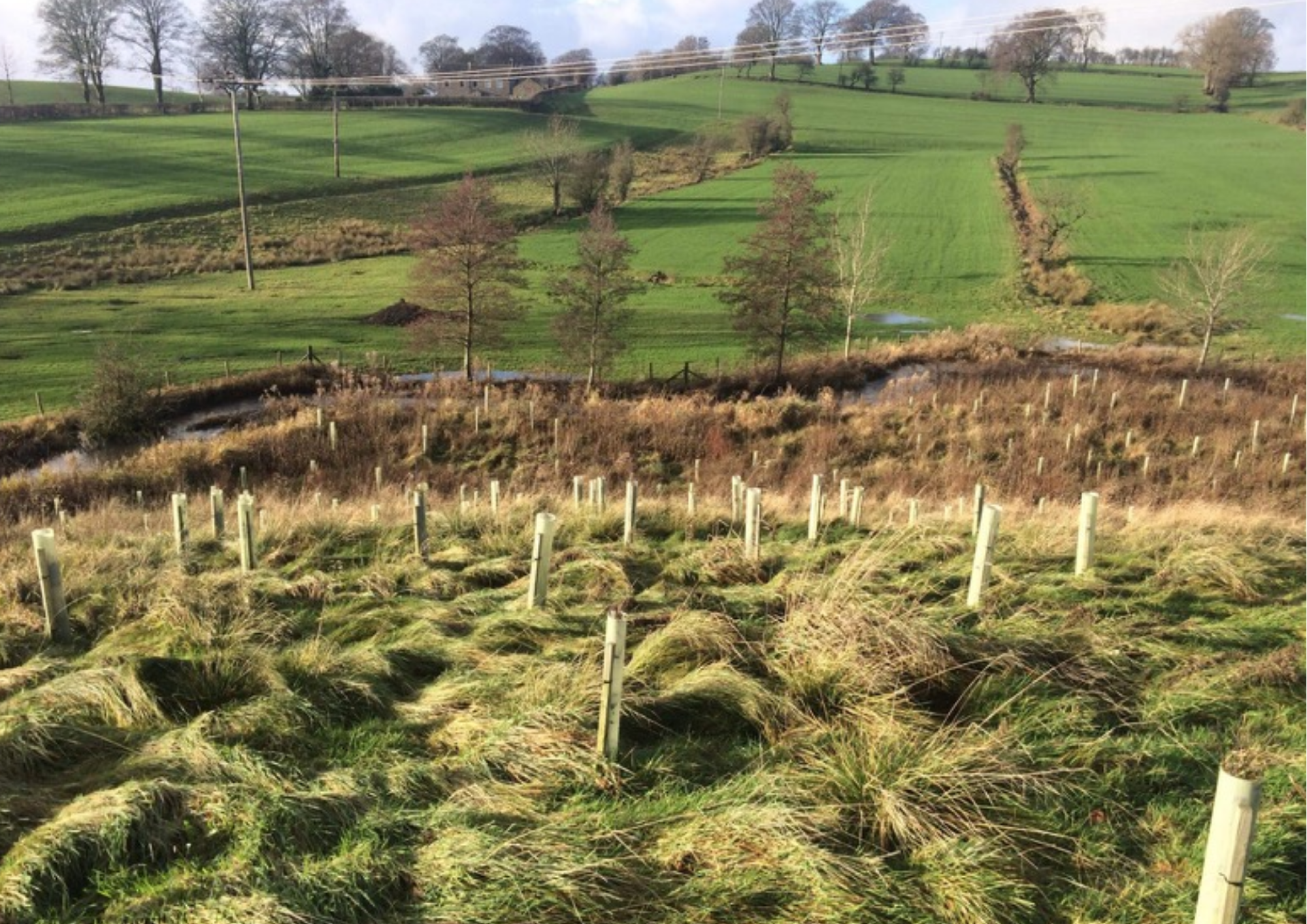
Risk Management Authorities (RMAs) such as the Environment Agency and local authorities use Flood Risk Management Schemes to protect areas that are at risk of flooding, giving consideration to a wide range of options to address flood and coastal erosion risk to communities and property throughout the catchment.
There are many measures that can be used to manage and reduce the risk of flooding as part of flood risk management schemes, such as:
- Built and hard engineered defences
- Flood storage
- Temporary defences and barriers
- Land management and natural flood management
Due to funding requirements, potential flood schemes must go through a thorough options appraisal process before they are approved and implemented. Find out more about how flood schemes are funded and delivered here. You can find more information about some of the proposed, in progress and completed flood schemes across the North West on our Flood Risk Management Schemes page here.
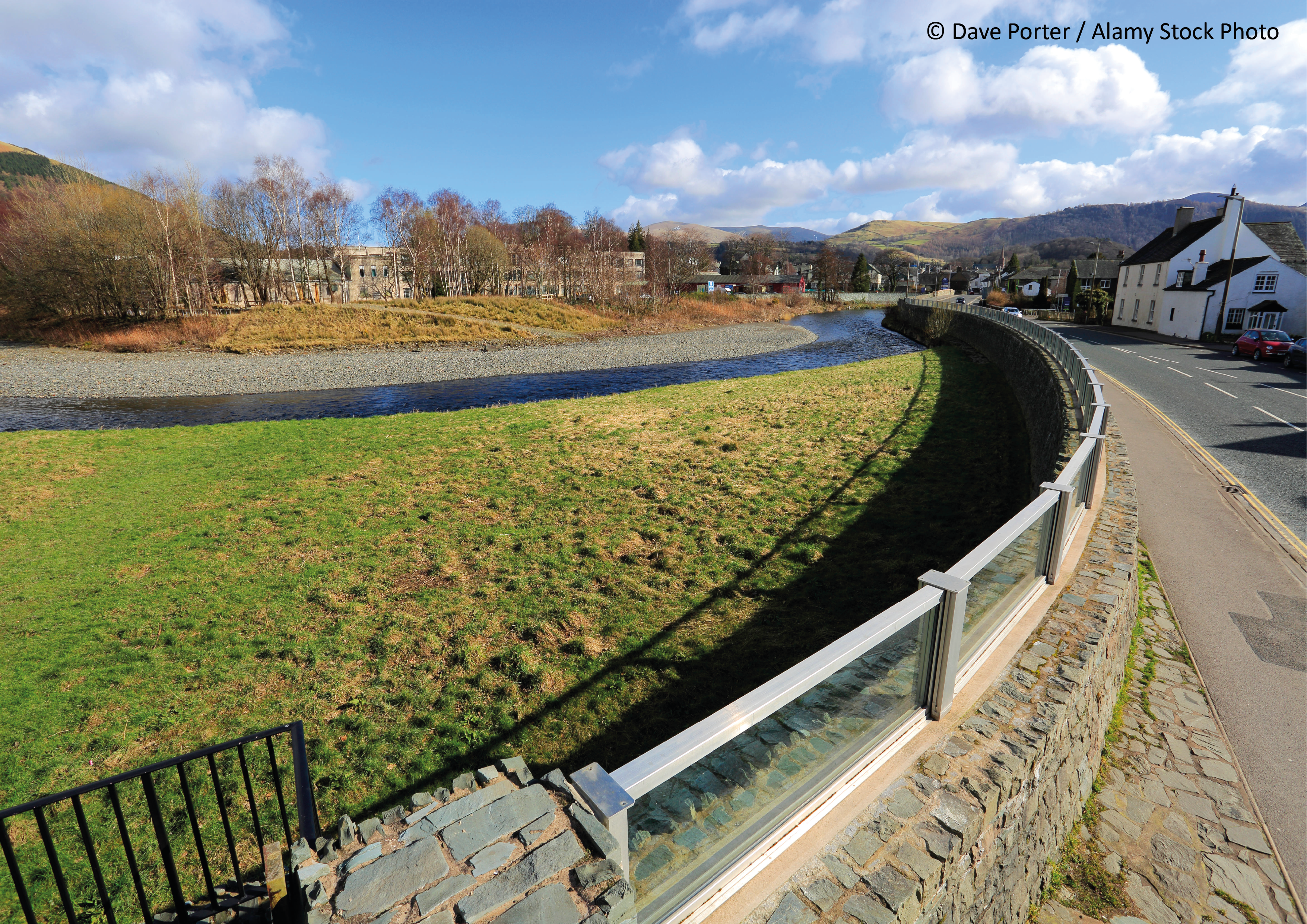
To manage surface water flooding in urban areas, Sustainable Drainage Systems (SuDS) can be used to store rainfall and surface water runoff, which reduces the amount of water entering drainage and sewer systems and the likelihood of them becoming overwhelmed. SuDS are designed to control rainwater close to where it falls and mimic natural drainage as closely as possible. There are many different types of SuDS which can not only reduce the risk of flooding, but also deliver many other benefits for people and the environment.
To find out more about SuDS and their benefits, visit our Sustainable Drainage Systems page here.
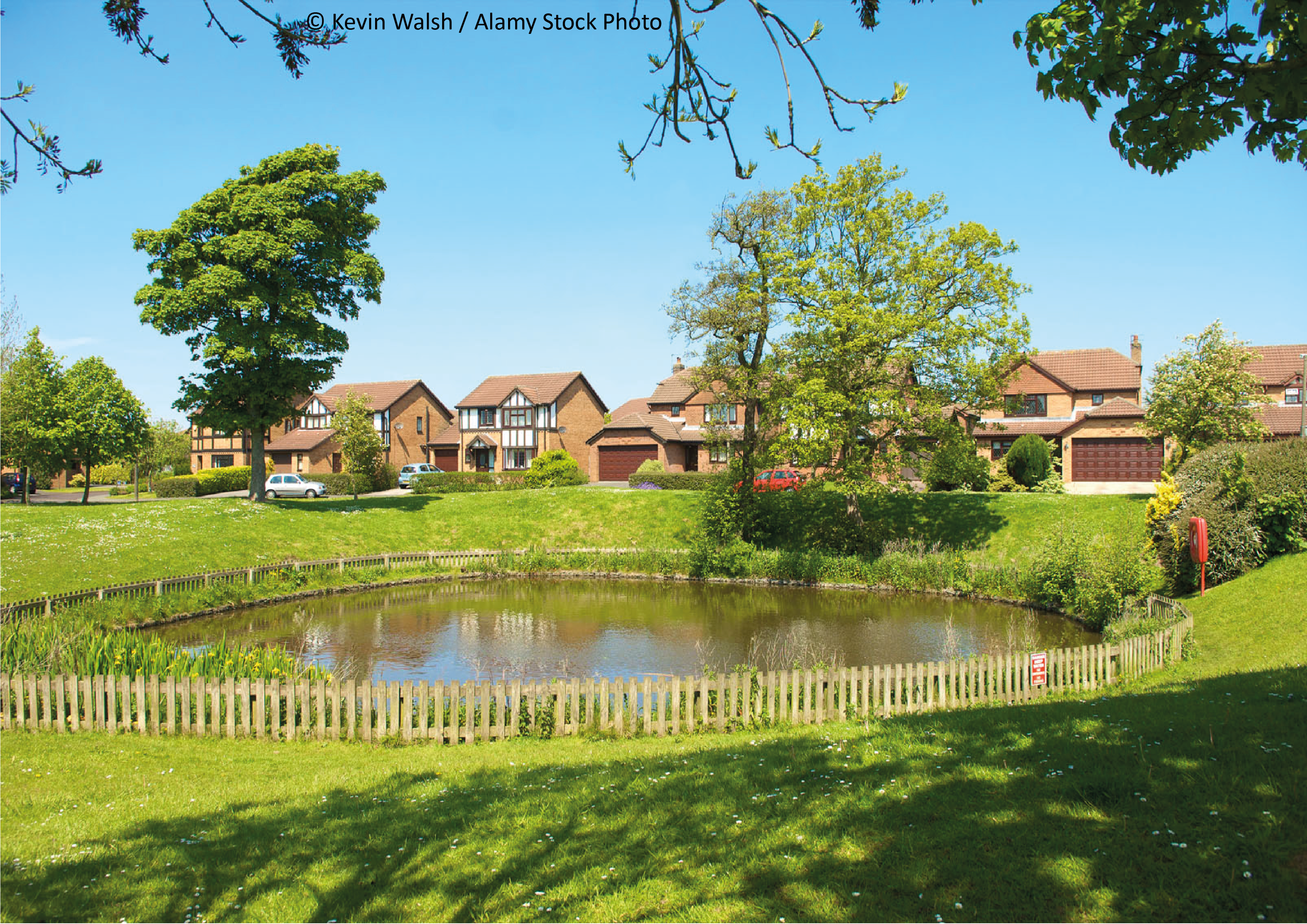
At an individual level, property flood resilience (PFR) can be used to reduce the impact and damage to your home or business caused by flooding. There are a number of different PFR measures which can be split into ‘resistance’ and ‘resilience’. A resistance approach aims to prevent floodwater from entering the property, whereas a resilience approach aims to reduce the damages resulting from floodwater entering your property, and improve the property’s recoverability.
Not all areas can be protected by flood risk management schemes as the cost vs benefit criteria render them unfeasible. Therefore it is important for homeowners, business owners and tenants to take ownership of protecting their belongings.
To find out more about PFR, visit our Property Flood Resilience page here.
Maintenance is an important part of the catchment-based approach to help keep water free flowing and reduce flood risk. This can be carried out by both members of the community and risk management authorities and the scale of the work can vary. Examples of catchment maintenance can include:
- Gravel removal – This involves removing silt (a material made of fine sand), clay and small particles of rock from gravel bars that form on the river bed or around in-stream structures such as bridge supports.
- Highway maintenance – Gullies on highways and other assets such as soakaways can play a big part in managing surface water runoff. Maintenance of assets is important to ensure they work in heavy rainfall events.
- Riparian ownership maintenance – If you own a watercourse you are responsible for ensuring that water flows through it naturally, and for maintaining it by removing blockages that may impede the flow of water or cause flooding.
- Maintenance of flood risk assets – Flood risk assets are any structure or landscape feature which has a flood risk management function, such as a culvert, flood gate or trash screen. They require maintenance to ensure they can continue to function effectively, and they may not necessarily be located close to a watercourse.
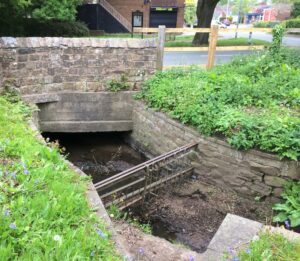
Coastlines naturally erode over time causing them to retreat inland. However, climate change is causing sea level rise and larger, more frequent storm surges, increasing the risk of coastal flooding which affects coastal communities and infrastructure. Coastal flood management techniques include hard defences such as sea walls, and soft defences such as dune planting and managed realignment.
For further information on coastal flooding and management, visit our ‘Coastal Change’ page here. To find out more about the North West & North Wales Coastal Group and how coastal flooding and erosion is being managed across the north west, visit our ‘North West Coastline page’ here.

Sea wall at Blackpool






